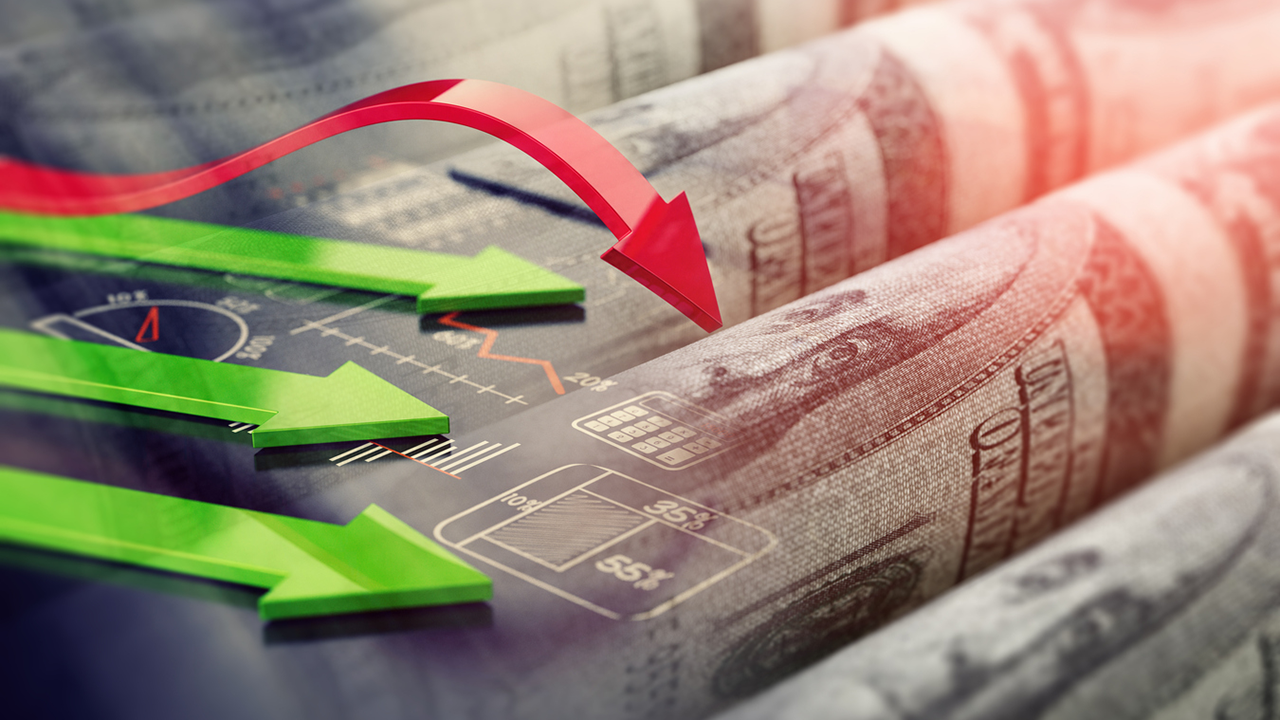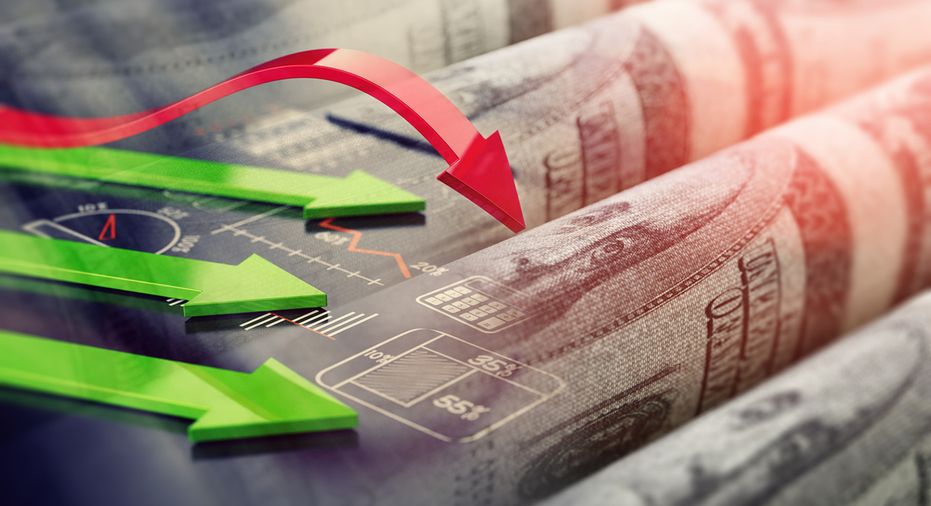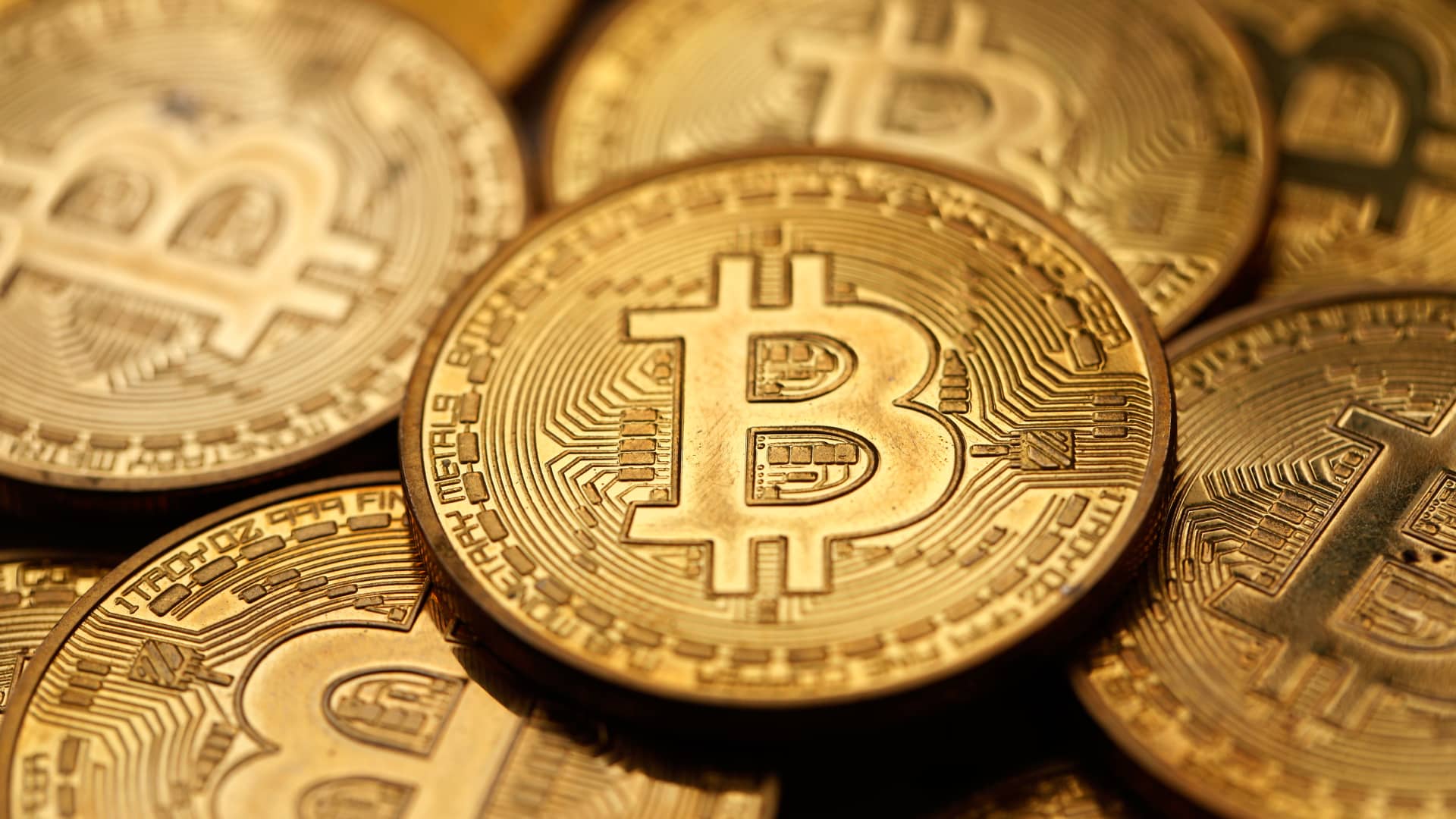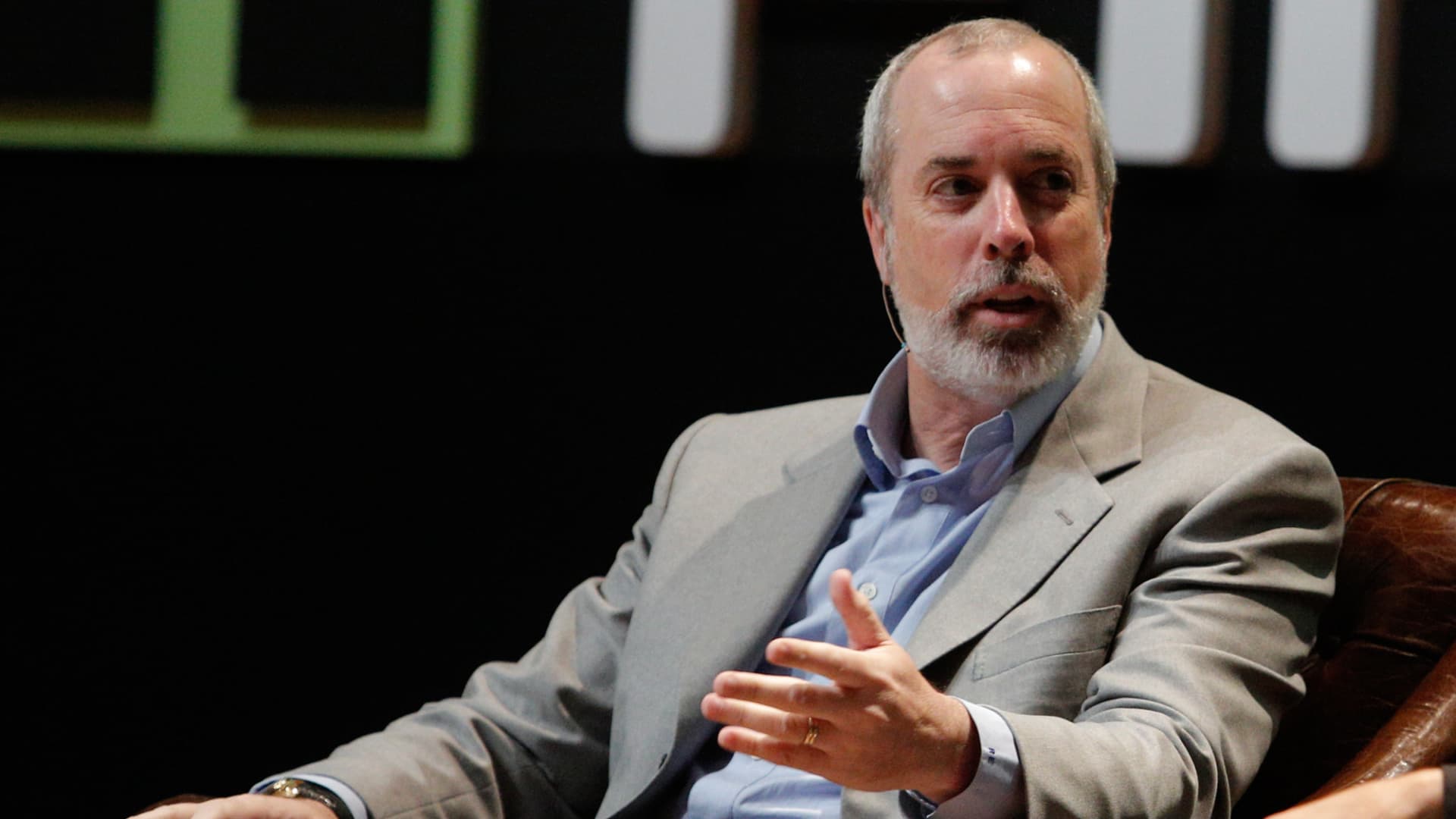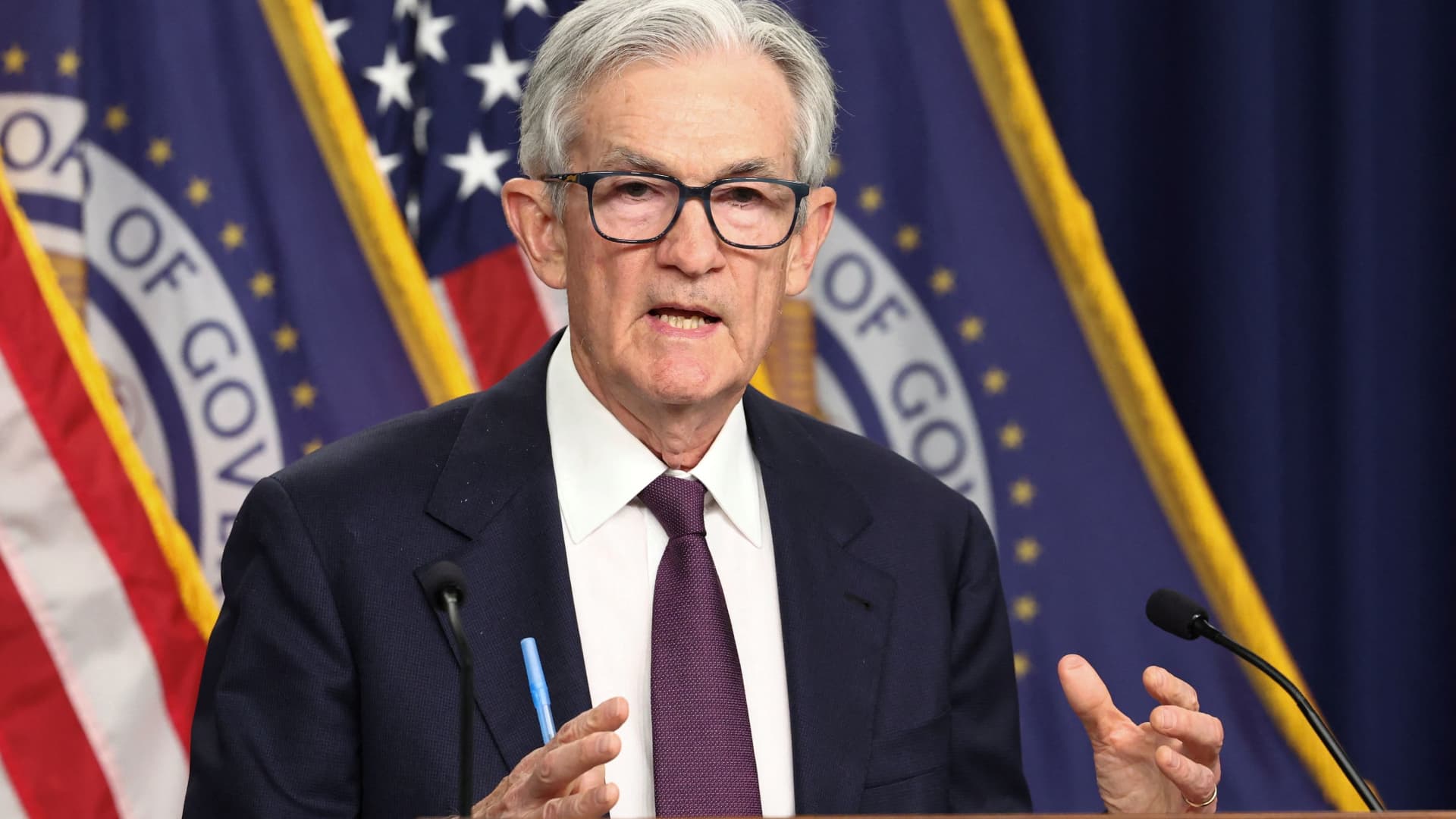Rates remained unchanged after the Fed meeting. (iStock)
The Federal Reserve just met to discuss the possibility of interest rate cuts. This time around, the Fed decided to extend the rate pause, leaving rates in the 4.25% to 4.5% range. The decision came due to stable economic activity that’s expected to grow in the first quarter. Economists largely expected this outcome.
“The Fed is going to keep rates where they are today,” predicted Melissa Cohn, regional vice president of William Raveis Mortgage. “[Federal Reserve Chair Jerome Powell] has repeatedly said that the Fed is in no hurry to cut rates. The Trump administration’s tariffs could reignite inflation, making future rate cuts unlikely, too.”
Although the Fed noted that inflation remains elevated, the unemployment rate has stabilized, and labor markets are still solid. To inch the economy closer to 2% inflation levels, the Fed ultimately decided to leave rates where they were.
“While the economic activity in the first quarter economy is still on track to report growth, American households are increasingly concerned with potential re-inflation, their job security and financial outlook, which is holding them back from making major expenditures,” Dr. Selma Hepp, CoreLogic chief economist, said in a statement. “At the same time, many are still catching up with inflation in housing and related services of the last few years.”
Despite a slowly growing economy, consumers aren’t entirely confident in the economic situation. A variety of social and political actions are still impacting American households. Newly implemented tariffs are one of the factors contributing to this uncertainty.
“The Federal Reserve’s war in fighting stubborn inflation continues to impact the day-to-day lives of American households,” explained Anya Gezunterman, director at Imperial Fund Asset Management, in a statement. “On top of this, the Fed now has to look closely at any tariff-related price increases, which would also keep interest rates higher for longer.”
“That said, as the economy seems to continue its so-called ‘soft landing,’ we expect mortgage rates to drift lower through the summer gradually, but not by more than a percentage point,” said Gezunterman.
If you are struggling with high inflation, consider taking out a personal loan to pay down debt at a lower interest rate, reducing your monthly payments. Visit Credible to find your personalized interest rate without affecting your credit score.
INFLATION EASES IN FEBRUARY, BUT TRUMP TARIFFS COULD DERAIL PROGRESS
Two more rate cuts are predicted by the end of the year
Rates remained unchanged after the Fed meeting, but they signaled that two rate cuts would happen this year. Economists largely agree that consumers will see cuts shortly. Analysts from Barclays expect two quarter-point rate cuts, likely in June and September. They previously believed there would be just one cut in June.
“The softer labor market causes us to add another rate cut, despite higher inflation,” Barclays analysts said.
Barclay predicts a slowing labor market will raise the unemployment rate later in the year, with unemployment peaking at 4.3% in October.
The first rate cut in June is expected to “reflect [this] slower growth and rising unemployment.” The second rate cut in September is expected to indicate “a rising unemployment rate and some signs of improvement in monthly inflation prints.”
You can take out a personal loan before future rate hikes to help pay down high-interest debt. Credible can help you find your personal loan rate without affecting your credit score.
MORTGAGE RATES HIT A TWO-MONTH LOW THIS WEEK, REMAIN UNDER 7%
Consumer confidence has dropped substantially in the last month
Many consumers don’t see the economy as stable, as made apparent by the Consumer Confidence Survey. Consumer Confidence measures the way Americans feel about business and economic conditions.
The Present Situation Index fell by 3.4 points to 136.5 in February, while the Expectations Index also dropped 9.3 points to 72.9. Below 80 on the Index typically signals a recession on the horizon. It’s the first time the Index has been this low since June 2024.
“In February, consumer confidence registered the largest monthly decline since August 2021,” said Stephanie Guichard, senior economist, Global Indicators at The Conference Board. “This is the third consecutive month-on-month decline, bringing the Index to the bottom of the range that has prevailed since 2022…Views of current labor market conditions weakened. Consumers became pessimistic about future business conditions and less optimistic about future income. Pessimism about future employment prospects worsened and reached a ten-month-high.”
More people did plan to purchase homes, showing one area of improvement. The very recent decline in mortgage rates is likely why homebuyers are more willing to buy. Car buying plans declined, however, as did plans to make bigger purchases, like TVs and other electronics.
“Average 12-month inflation expectations surged from 5.2% to 6% in February. This increase likely reflected a mix of factors, including sticky inflation, but also the recent jump in prices of key household staples like eggs and the expected impact of tariffs,” Guichard said. “There was a sharp increase in the mentions of trade and tariffs, back to a level unseen since 2019.”
Need help dealing with high debt? You can also plug in some simple information into Credible’s free online tool to determine if a debt consolidation loan is your best option.
SENIORS TO GET MODERATE COST OF LIVING BUMP IN SOCIAL SECURITY PAYMENTS NEXT YEAR
Have a finance-related question, but don’t know who to ask? Email The Credible Money Expert at [email protected] and your question might be answered by Credible in our Money Expert column.
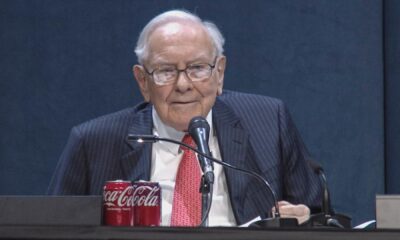
 Finance1 week ago
Finance1 week ago
 Finance1 week ago
Finance1 week ago
 Personal Finance1 week ago
Personal Finance1 week ago
 Economics1 week ago
Economics1 week ago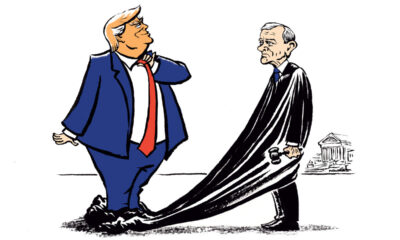
 Economics1 week ago
Economics1 week ago
 Economics1 week ago
Economics1 week ago
 Economics1 week ago
Economics1 week ago
 Accounting7 days ago
Accounting7 days ago
